
Is Gravity Really a Pulling Force from the Earth’s Core? Think Again.
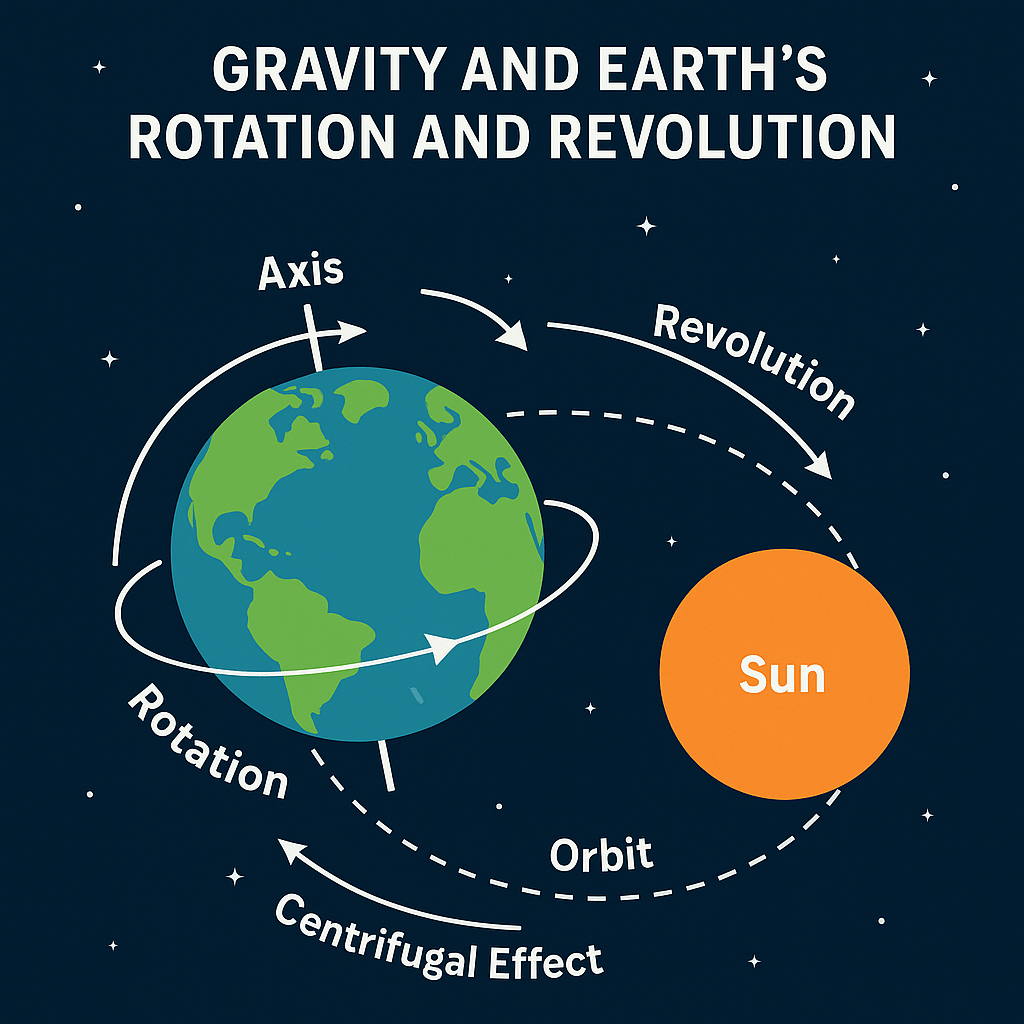
When you drop an apple, it falls. When you jump, you return to the ground. Since childhood, we’ve been told this is because Earth is pulling us down with a force called gravity—as if a mysterious hand from the core of the Earth is tugging at everything.
But what if we’ve been looking at it the wrong way?
Let’s take a step back and explore an alternative perspective—gravity not as a static pulling force, but as a dynamic result of Earth’s rotation and revolution.
🔍 The Classical View of Gravity
The conventional theory, dating back to Isaac Newton (1687), says:
“Every mass attracts every other mass through a force acting at a distance, proportional to their masses and inversely proportional to the square of the distance between them.”
This gave us the Universal Law of Gravitation: F=Gm1m2r2F = G \frac{m_1 m_2}{r^2}F=Gr2m1m2
Where:
- FFF is the gravitational force
- GGG is the gravitational constant (6.674×10⁻¹¹ N·m²/kg²)
- m1m_1m1 and m2m_2m2 are the masses
- rrr is the distance between their centers
Newton’s model describes gravity as a pulling force from mass. Then came Einstein in 1915 with General Relativity, saying:
Gravity is not a force, but a curvature in spacetime caused by mass.
🌀 Challenging the Traditional View: Gravity and Earth’s Motion
Let’s now flip the script.
What if gravity—as we experience it—isn’t solely because Earth has mass, but also because Earth is constantly in motion?
🌍 1. Earth’s Rotation: The Centrifugal Factor
The Earth rotates at about 1,670 km/h (1,038 mph) at the equator. This rotational motion creates a centrifugal effect, which actually counters gravity slightly.
In fact:
- At the equator, you weigh less than at the poles.
- This is because the outward push from Earth’s spin reduces your effective weight.
Example: A 100 kg person at the equator weighs ~0.3 kg less than at the poles.
Now flip this: If Earth stopped rotating, not only would we lose this centrifugal counter-effect—we might experience stronger gravitational force. Doesn’t that suggest Earth’s movement plays a role in our weight?
☄️ 2. Earth’s Revolution Around the Sun
Earth orbits the Sun at about 30 km/s (67,000 mph). This tremendous speed is part of a delicate balance between:
- The centripetal pull from the Sun’s gravity
- And Earth’s inertial motion from its orbit
This motion keeps Earth “falling” around the Sun in a perfect loop—a concept similar to the International Space Station orbiting Earth.
This orbital movement means that gravitational interactions are dynamic, not static. Bodies in motion curve through spacetime, altering how gravity behaves.
📚 Alternative Theories & Supporting Ideas
🧠 Mach’s Principle
Physicist Ernst Mach suggested that inertia (and by extension gravity) might arise due to the interaction with the mass distribution of the entire universe.
In essence: Gravity may not be a local force at all—but a response to cosmic motion.
🌀 Relational Gravity and Frame Dragging
According to General Relativity, spinning bodies twist spacetime around them—a phenomenon called frame dragging. This has been measured by NASA’s Gravity Probe B.
This hints that rotation affects the gravitational field, not just mass.
🧮 Some Interesting Data
| Location | Gravity (m/s²) | Notes |
|---|---|---|
| Equator | ~9.78 | Less centrifugal resistance |
| Poles | ~9.83 | More direct gravitational pull |
| Moon | ~1.62 | Smaller mass, no atmosphere, less rotation |
| Mars | ~3.71 | Weaker gravity, slower rotation |
| ISS (Orbit) | ~8.7 | Microgravity due to free-fall orbit |
Notice how gravity changes depending on the body’s motion and mass.
🤔 So, What is Gravity Really?
- It’s not just a pulling force from Earth’s core.
- It’s a complex, emergent effect from:
- Earth’s rotation (affecting weight and equilibrium)
- Earth’s revolution (balancing forces across space)
- Spacetime curvature (Einstein’s model)
- Possibly, the entire universe’s motion (Mach’s idea)
Gravity is not just what holds you down. It’s what keeps everything moving together in balance.
🧠 Why This Matters
- It challenges the assumption that Earth “pulls” you like a magnet.
- It opens up a more holistic view of physical reality—one where motion, curvature, and relative positioning determine experience.
This isn’t science fiction—it’s a call to deepen our understanding of the world.
🧭 Sources and Further Reading
- NASA: Gravity Probe B and Frame Dragging
- Einstein’s General Relativity Explained – Caltech
- Earth’s Rotation and Centrifugal Force – USGS
- Mach’s Principle and Inertia – Stanford Encyclopedia of Philosophy
💬 Final Thought
Next time you feel gravity holding you down, don’t just think of a magical pull from the center of Earth. Think of the grand cosmic dance—the spin, the speed, the curves of spacetime. Gravity is not just about mass… it’s about motion.
Hello, I am Aman (: Full Time Traveler :) At the age of 41, in April 2023, fueled by my love for travel and the determination not to remain fixed like a tree, I embarked on a bold journey. Having dedicated 17 years to a corporate job, I chose to transition from a full-time employee to a full-time traveler, driven by the desire to break free from the routine and constraints of a conventional life. Along the way, I not only explored the wonders of travel but also uncovered the transformative power of financial freedom. I realized how it could liberate me to lead a life teeming with adventure, purpose, and fulfillment. Through my blogs, I am passionately sharing my story, aiming to inspire and provide valuable guidance to those, like me, who aspire to weave travel into a life overflowing with limitless possibilities.
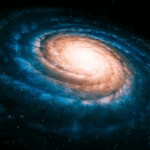






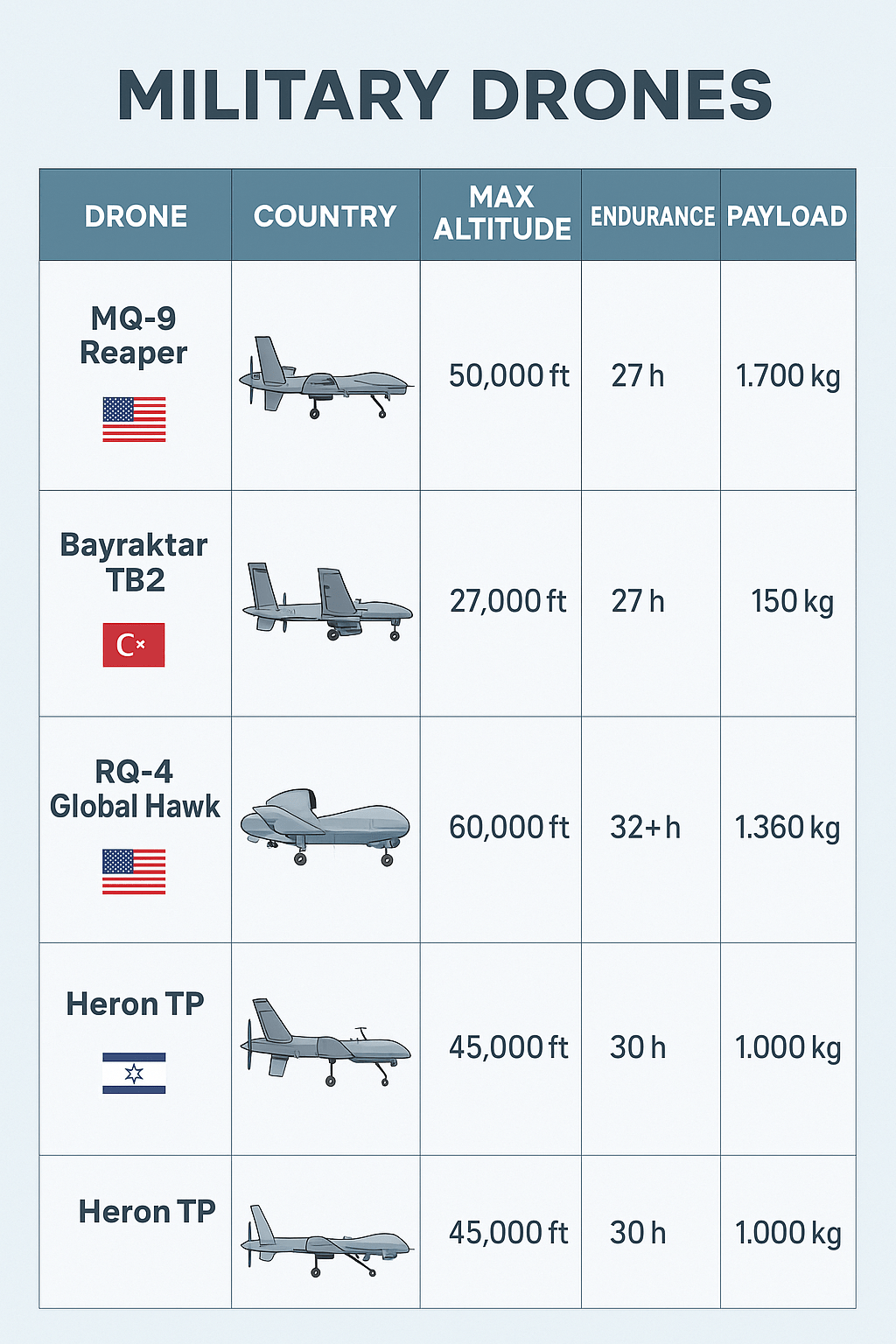


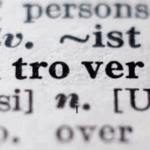


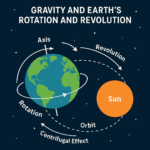





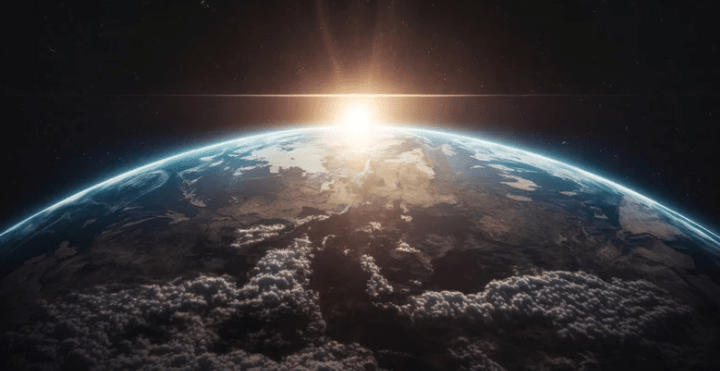
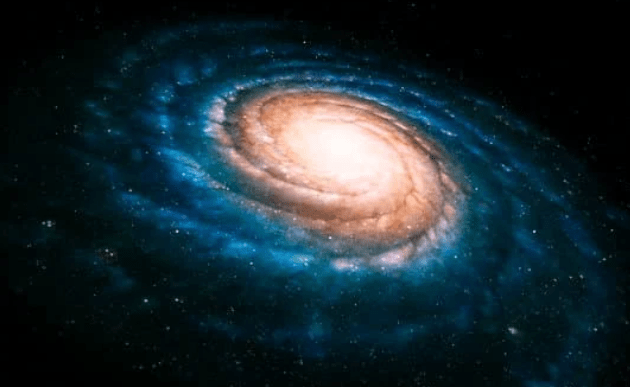
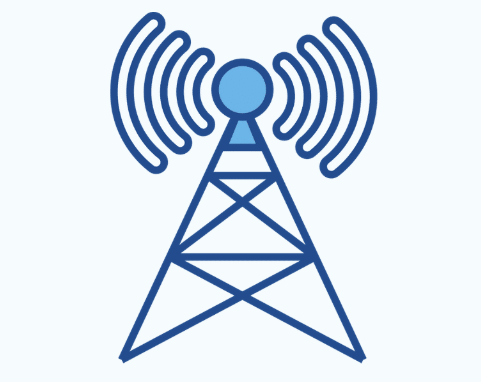
Post Comment
You must be logged in to post a comment.